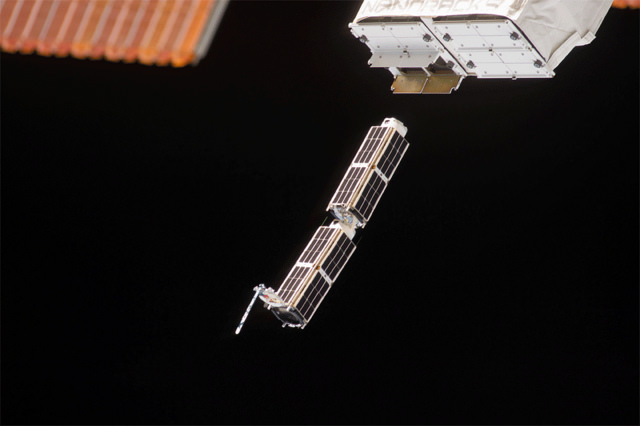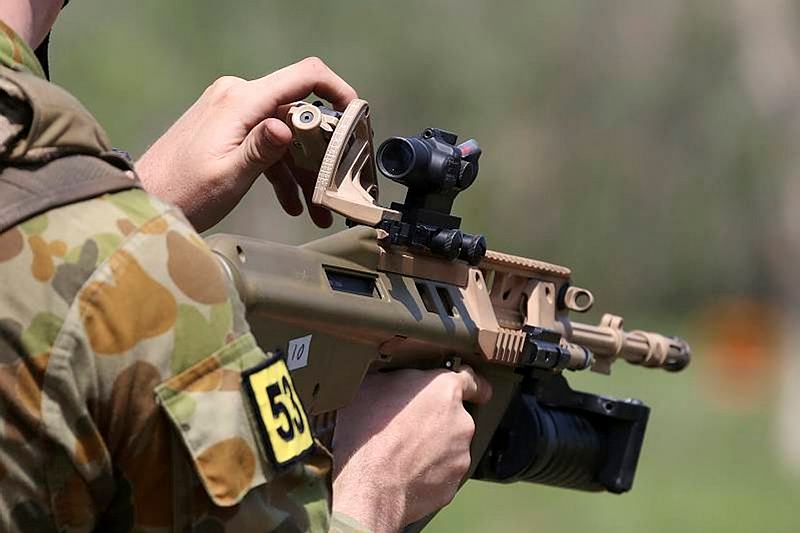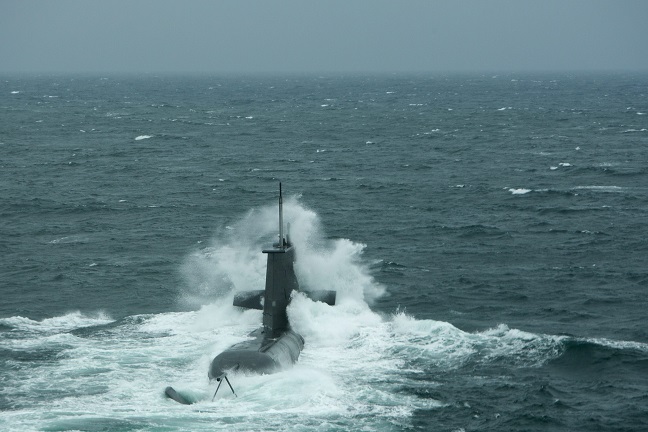SEA1000: the importance of dived endurance (part 2)

In part one of this series, I examined some of the limitations of a lead acid Main Storage Battery for Australia’s Future Submarines (FSM), the potential advantages offered by lithium ion alternatives now being developed and the risks attached to lithium (dramatically demonstrated by failures in some otherwise highly safety-conscious applications).
At stake is FSM’s dived endurance—a critical characteristic, particularly to meet Australia’s requirements for long snort transits and patrol areas in heavily surveyed, busy littoral, tropical waters. Additional dived endurance provides increased tactical mobility and effectiveness, which improves flexibility and survivability in both transit and patrol area operations.
Air Independent Propulsion (AIP) offers an option to extend the dived endurance in both transit and patrol situations. There are a number of technologies available, with fuel cell systems appearing to be the future for larger submarines.
A submarine fuel cell typically combines hydrogen and oxygen in a chemical reaction to produce electricity (by-products are oxygen and potable water). But there’s a downside: unlike the MSB, AIP fuel can’t be recharged at sea—once its fuel has been used the AIP effectively functions as additional space used and weight to be carried.
In low sea states or where maritime surveillance is intense during a transit or patrol, it mightn’t be possible to snort to recharge the MSB at will or when planned. With a finite MSB endurance and without AIP, there’s little option but to slow down and wait until the surveillance eases or to move out of the busy area on battery power—accepting the impact on transit times/time on station and battery expenditure.
The level of public information available on the 3 CEP contenders differs greatly; they’re also offering quite different AIP solutions (PDF).
The German solution appears to be the most mature, with over 20 submarines at sea operating their fuel cell. A methane reformer is proposed to provide hydrogen as required by the fuel cell, avoiding the need to store the difficult to handle, expensive and dangerous gas. The reformer for FSM has yet to go to sea and is currently being tested.
The French propose different fuel cell and reformer technologies, both operating in shore-based test beds.
The Japanese reportedly intend to remove the Stirling engine AIP system purchased under a licence from Sweden from future Soryu-class subs with a view to replacing it with a lithium ion battery.
The proposed German AIP system could provide power for the Hotel Load and 5-7 knots propulsion for 21 days. At higher speeds energy is drawn from AIP and MSB, greatly extending the mobility of the submarine enabling it to evade or close a target at high speed—for example, at 10 knots 50% of the power could be provided by AIP. Once the MSB reaches the minimum acceptable level the submarine can slow and still have days of AIP mobility depending on fuel remaining, without having to snort if the Commanding Officer choose not to.
Such an AIP system would typically add 15% to the displacement (say 600t) and 10% (around $150M) to the sail away cost. It’s understood that tkMS’s price of $20 billion reported in The Australian on 21 May 2015 was for 12 FSM fitted with lithium MSB and AIP.
Australia’s geography poses particular challenges for a transit northward through the Indonesian archipelago—narrow straits create several choke points to be negotiated en route. To avoid surveillance or casual observers in the approaches, strait and egress areas, these choke points must be transited covertly. The prevalent ocean current flows southward, adding to the energy requirements.
Even a lithium MSB could be hard pushed to provide the energy required to maintain a covert 8 knot speed of advance; leaving the submarine little option except to snort during or as soon as it’s clear of the strait. An AIP system providing the Hotel Load and the first 5–7 knots would make a covert transit more feasible and once clear of the strait offers ongoing mobility while avoiding snorting if the surveillance situation warranted.
The arguments surrounding lithium MSB and AIP for FSM are two of the major technical issues requiring careful consideration during the CEP and design process that follows. Provided a safe design and the ability to handle the worst-case failure can be achieved, lithium offers significant benefits over a lead acid MSB and possibly, AIP. On balance I think it’s a case of ‘when’, not ‘if’, a lithium MSB will be fitted to FSM.
Why not add more lithium batteries, i.e. ‘rechargeable AIP’ (as the Japanese are proposing)? The test for FSM is whether lithium batteries, have sufficient energy density to justify replacing an AIP installation. The lithium technology currently being advocated for MSBs has only 20–25% the energy density of AIP—improving this safely is another R&D goal.
Hedging our technical bets and fitting an AIP system seems to be a sensible option at this stage of the FSM design process and given lithium’s current development. A shift from AIP to more lithium in later FSM batches, when improved energy density is proven technology would be practical. If a lead acid MSB is to be fitted, then AIP is even more strongly justified to increase dived endurance.
From a submarine operator’s perspective, dived endurance is a critical characteristic, determining survivability and effectiveness in both transit and patrol area operations.
In response to Andrew’s question about the future submarine coming up for air? The answer should be ‘at a time and place of the Commanding Officer’s choosing’. Until we’re absolutely sure that a lithium MSB of sufficient safety and energy density is assured, let’s give the CO two numbers to worry about—MSB percentage and AIP fuel remaining.
Why is that issue important at this stage of the CEP?
R&D experience and capability in both lithium MSBs and AIP could be significant differentiators in selecting a design partner to work with our indigenous R&D capacity to achieve the optimum and safest dived endurance outcome for FSM.
We would be wise to hedge our bets on the timely availability of proven lithium MSBs and their capacity to replace AIP.
Finally, let’s ensure that our national R&D investment is sufficient to ensure that we’re in charge of our own destiny in this critical area.








